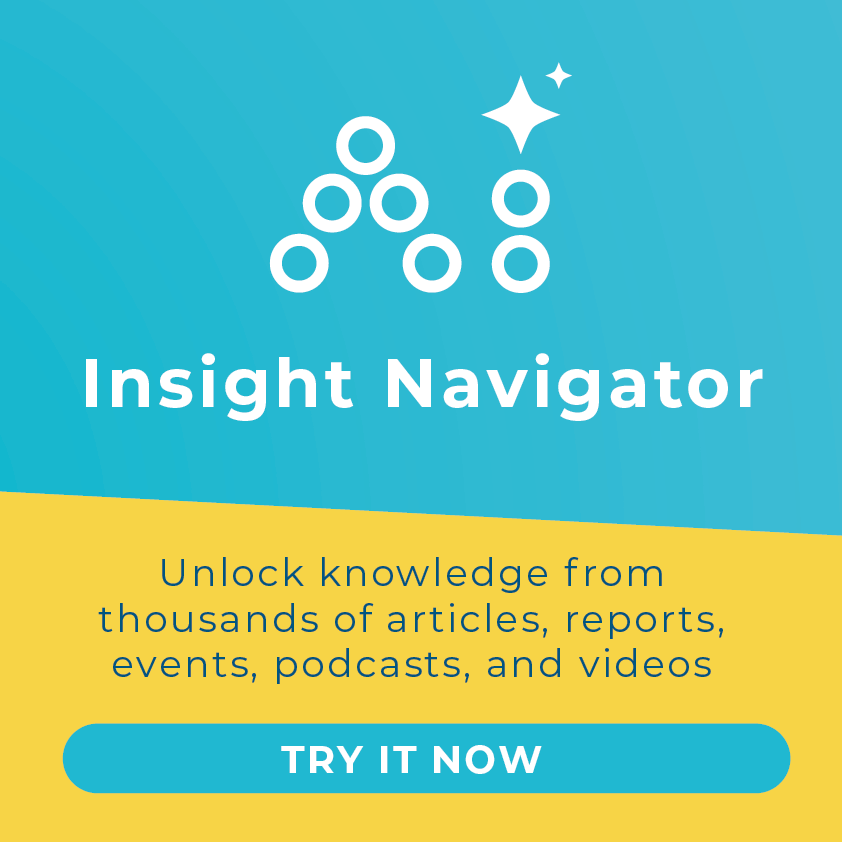One of the first activities we launched in our Challenge on Women’s Economic Empowerment was the business survey created by DFID and introduced in a blog by the UK Secretary of State for International Development, Justine Greening, on 25 April.
The survey asked respondents to share both the challenges and successes their businesses have seen to promote the position of women within work. So far, over 170 businesses have completed the survey, with a good mix of large companies (with more than 250 employees) and medium-sized operations down to SMEs employing fewer than 10 people. Respondents have operations in every region and across a wide range of sectors, with the agriculture, forestry and fishing sector particularly well represented (26% of the total).
Looking at the interim results, a number of interesting points are already emerging.
For women, business matters
First, respondents gave a glimpse of how their business impacts on women: over 70% of respondents have greater than 40% women as employees, and around a third said that more than half of their customers are women. Close to half of all respondents offer women-focused products and services.
Almost all respondents believe that there are barriers preventing women from achieving their potential through work: a quarter of respondents think there are barriers preventing women from entering their organisation as employees; more than half see obstacles in the way of women staying in work; and over 80% think women are being held back from progressing to higher levels.
Biggest obstacles: care obligations and lack of flexible working provision
What are the main barriers standing in women’s way? Family responsibilities are prominent: close to half of respondents identified lack of affordable, quality childcare as being a major barrier, and 34% said a lack of support for family and other personal responsibilities are keeping women from work.
But a number of internal barriers related to company policies were also highlighted: close to 50% of respondents said lack of flexible working options mean women cannot fully pursue their economic opportunities, while close to 30% highlighted the absence of women role models in the workplace.
Given the prominence in public debate of campaigns for equal pay for women and against gender discrimination at work, it is interesting to note that one in 5 survey respondents identified these issues as being key obstacles standing in women’s way – compared to one in 2 thinking that lack of flexible working options and care responsibilities are major barriers.
Many businesses have sound employment policies in place; but more can be done
Companies are taking steps to address these internal barriers. A large majority of respondents offer maternity leave (70%) and around half also offer paternity and other family leave. Two-thirds have anti-discrimination policies in place covering hiring, promotion and pay practices, and close to 60% claim that senior leadership provide encouragement to support women’s economic empowerment.
What does the survey tell us about what more companies can do to support women’s empowerment? Clearly the issue of child- and other care responsibilities require attention at the policy level; but companies can help by offering more flexible working options. And although close to half of respondents indicated that their business offers mentoring and career development programmes, one in three respondents still felt there is not enough information available to women on opportunities for moving or progression. This seems like a relatively easier issue for companies to address, and an area where social and business networks could make a valuable contribution.
Influencing public perceptions: leveraging brand power
Business can also support women’s empowerment through external marketing and customer engagement, particularly through policies on responsible advertising, such as against objectifying women or perpetuating gender stereotypes. Prominent brands have great capacity for changing public perceptions. Survey results to date suggest that around a quarter of respondents have responsible advertising policies in place.
This also seems like an area where more action can be taken – policy action on some of the systemic barriers in women’s way is much more likely if supported by public pressure brought about by shifting perceptions and norms, and in this respect leading brands have a powerful contribution to make.
Value chains: enormous scope for impact, not yet realised
One of the most interesting facts highlighted by the survey is that only a small number of businesses are looking closely at their value chains through a gendered lens: while a third of respondents collect data on the number of women-owned enterprises in their value chains – perhaps the same third that encourage more women-owned enterprises in their supply chain – only 14% look into supplier’s gender awareness or equality policies, and only 12% have policies requiring suppliers to improve outcomes for women employees.
It looks like promoting women’s empowerment through value chains is not yet mainstream enough, suggesting that much more needs to be done to make the business case for prioritising women’s empowerment all along the value chain.
What business wants from the HLP
It therefore comes as no surprise that almost 60% of respondents think the most useful thing the HLP could do would be to help make the business case for supporting women’s economic empowerment; many think the Panel could do this through disseminating evidence and case studies on effective business-led interventions.
Perhaps a bit more surprisingly, half of all respondents would like the HLP to encourage governments to take action on regulations and laws – challenging the widely-held belief that the private sector in general is rather regulation-averse.
A large number of respondents thought that setting targets for governments and business around women’s empowerment would be useful. The idea of an award or other form of recognition for successful business intervention gets a little less support – perhaps an indication of award fatigue!
Survey still open
Many thanks to everyone that has taken the time to complete the survey. If you have not already done so, please take a few minutes to share your thoughts.










